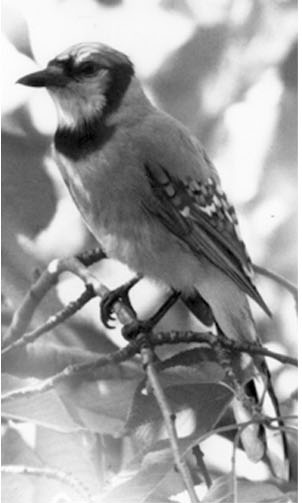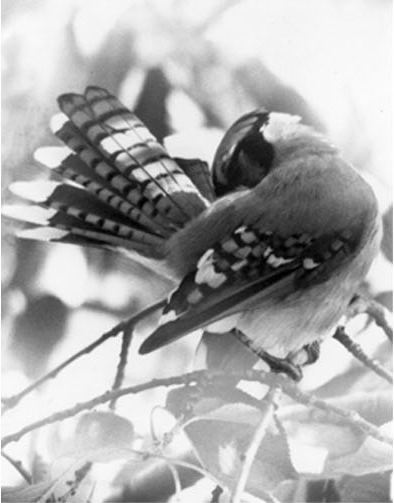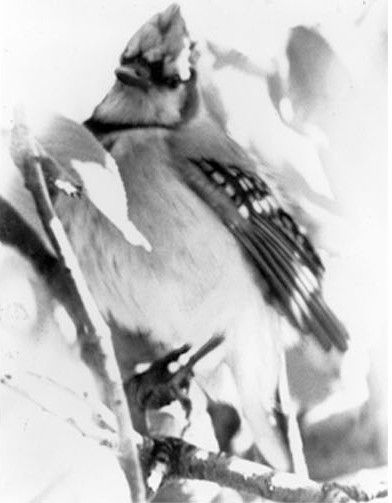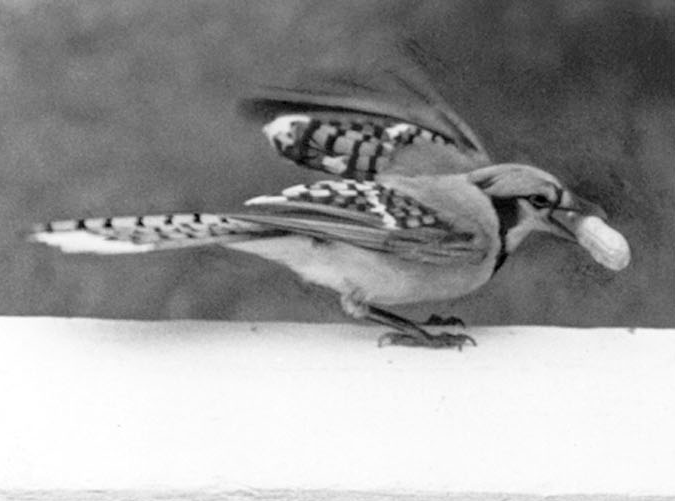Copyright © 2007-2018 Russ Dewey
Backward Chaining
Backward chaining is the secret of complex animal performances in movies and animal shows. Stimulus control is used in this technique.
The name backward chaining comes from the fact that training starts with the last (final) behavior in a sequence. The trainer works backwards from there.
Suppose a rat in a Skinner box learns to press a lever to get food pellets. Once the rat learns the bar-press, the experimenter can easily establish an S+.
For example, the rat might be given a pellet for a bar press only when the green light is on. This makes the green light an S+.
Here is the key to backward chaining. An S+ can function as a reinforcer for other behaviors.
For example, if the green light (S+) is illuminated only when the rat climbs the ladder, the rat will learn to climb the ladder in order to see the green light.
After seeing the green light, the rat goes to press the bar (taking the most direct route) and gets a food pellet. So the green light functions as an S+ and exerts stimulus control over the bar-press behavior.
Now the rat, if hungry, will climb the ladder, many times, looking for the green light. The trainer can introduce a new S+, such as a little buzzer.
If the rat climbs the ladder before the buzzer sounds, nothing happens. No green light. If the buzzer sounds, then the next time the rat climbs the ladder the green light will turn on, and the rat can get a food pellet.
Now the buzzer is a signal of something good (an opportunity to climb the ladder). It becomes an S+. You can see where this leads.
Perhaps you want to rat to crawl through a tunnel before it climbs a ladder. Put a little tunnel in the rat's cage. As soon as the rat climbs through it, sound the buzzer that means "time to climb the ladder."
The buzzer not only serves as an S+ for climbing the ladder; it also reinforces the rat for crawling through the tunnel. One by one, you can keep adding new requirements for the rat, building a chain of behaviors.
You can see why the technique is called backward chaining. The chain of behaviors stretches backward from the final behavior (consuming the food pellet).
Each S+ serves as a reinforcer for the previous behavior and a discriminative stimulus (S+) for the following behavior. Very complex chains can be built up this way.
What dual function does the S+ serve, in backward chaining?
The star of a short movie titled, Barnabas: the Educated Rat, described in Whaley and Mallott (1971), learned a sequence of S+s and behavioral responses. Here they are:
S+ (light)
Response (climbing spiral staircase to platform)
S+ (drawbridge is visible)
Response (pushing down and crossing drawbridge)
S+ (ladder is visible)
Response (climbing ladder)
S+ (chain is accessible)
Response (pulling car by chain)
S+ (car near platform)
Response (entering car and pedaling through tunnel)
S+ (stairs are visible)
Response (climbing stairs)
S+ (tube is visible)
Response (going through tube)
S+ (elevator is accessible)
Response (entering elevator)
S+ (string attached to flag is accessible)
Response (pull the string, raising the flag)
S+ (elevator arrives at ground floor)
Response (exit the elevator)
S+ (buzzer sounds)
Response (bar press)
S+ (sound of food pellet)
Response: (consuming food pellet)
Backward chaining is the only way to teach animals arbitrary sequences of behaviors. When animals in movies perform sequences of behavior, it is due to backward chaining.
With humans, backward chaining is not necessarily helpful. In one study (Cox and Boren, 1965) United States Army researchers used backward chaining to teach technicians a 72-action procedure involving missile preparation.
What was discovered when backward chaining was used with Army technicians?
They started by teaching the final movement (action #72) and worked backward. There was no advantage over the reverse procedure: starting with action #1 and working forward.
Humans can use language to describe a procedure, then practice it under the guidance of a plan, so they seldom benefit from backward chaining. With animals, there is no alternative to backward chaining, to teach long sequences of behaviors.
Spontaneous Backward Chaining in a Blue Jay
Something like backward chaining can occur spontaneously, with the help of a phenomenon we will describe on the next page: extinction-induced resurgence. When I was in graduate school, my wife and I fed peanuts to the large squirrels in Ann Arbor, Michigan.

Bluejay watches as we feed squirrels
Soon a number of squirrels were showing up every day to receive handouts of fresh roasted peanuts. A blue jay took note and started stealing peanuts when we tossed them onto the ground for the squirrels.
To prevent the stealing, I had to hand the peanuts directly to the squirrels. This put the bluejay on an extinction schedule.

Bluejay preens after we stop tossing peanuts
The jay responded with an extinction burst (extinction-induced resurgence). He performed a flurry of novel behaviors such as preening (probably a displacement activity triggered by frustration.

Blue jay fluffs up outside the window
Next he tried fluffing up. This behavior is normally used for staying warm or courtship displays. When we saw the blue jay fluffed up, we thought it was cute, so we tossed it a peanut. Otherwise we ignored it. Soon the bird was fluffing up every time it saw us through a window.

Blue jay gets peanut
We noticed that, as we walked through our house, the bird was flying from branch to branch, trying to locate us through windows, then fluffing up when it spotted us. This worked. It received several peanuts after such displays.
The game continued until the bird left for the winter. To our surprise, the same bird showed up again the following year. We repeated the rituals for another season.
Bluejays are said to be smart birds, but this impressed me. The fact that the bird showed up for a second year meant it carried out a lengthy and complex chain of behaviors.
To obtain a peanut the second year, it had to (1) find our house, (2) sit on a branch outside a window, (3) spot a human, (4) fluff up, and (5) fetch a peanut tossed to it from the front porch. That is almost as good as Barnabus the Trained Rat (above).
How did the blue jay's learning experiences resemble backward chaining?
The last behavior in the chain (flying down to the ground to get a peanut) came first. The other behaviors were added, one-by-one, as requirements for getting a peanut. In effect, this was a backward chaining procedure, prompted by the bird, carried out in nature.
---------------------
Reference:
Cox, J. A. & Boren, L. M. (1965). A Study of Backward Chaining. Journal of Educational Psychology, 56, 270-274.
Whaley, D. L. & Malott, R. W. (1971) Elementary principles of behavior. Englewood Cliffs, NJ: Prentice Hall.
Write to Dr. Dewey at psywww@gmail.com.
Don't see what you need? Psych Web has over 1,000 pages, so it may be elsewhere on the site. Do a site-specific Google search using the box below.
